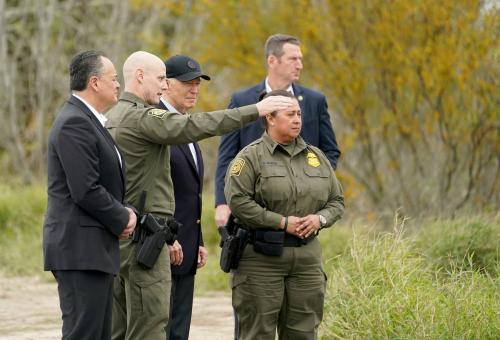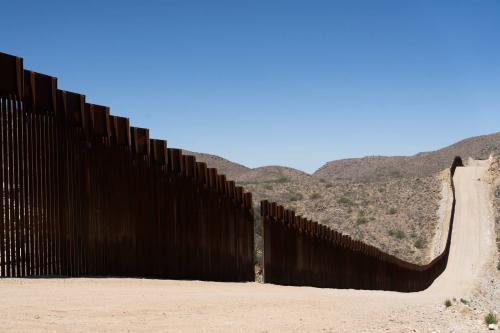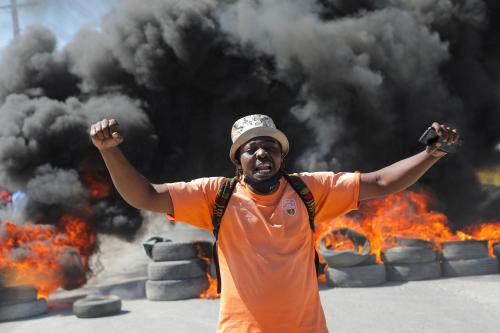Editor’s Note: “Fighting the Nexus of Organized Crime and Violent Conflict while Enhancing Human Security,” is the first chapter in Drug Trafficking, Violence, and Instability, by Phil Williams and Vanda Felbab-Brown, Strategic Studies Institute, US Army War College, April 2012.
Human insecurity has greatly intensified over the past 2 decades in many parts of Latin America. To an unprecedented degree, ordinary people in the region complain about living in fear of crime. With the exception of Colombia, criminal activity throughout the region has exploded. Doubling since the 1980s, homicide rates in Latin America are among the highest in the world. Kidnapping is also frequent. Well above 50 percent of the approximately 7,500 worldwide kidnappings in 2007 took place in Latin America. Overall, the rates of violent crime are six times higher in Latin America than in the rest of the world. With over 6,000 deaths reported in 2008 and over 6,500 in 2009, drug-related violence in Mexico each year has surpassed conflict-caused deaths in both Afghanistan and Iraq, two countries in the midst of civil war. In 2011, 12,903 drug-related violence deaths were recorded, and over 50,000 since President Felipe Calderón took office. Organized crime is one of the principal sources of threats to human security, but so is flourishing street crime, which frequently receives far less attention from governments—whether the United States Government or national governments in Latin America and the Caribbean. Indeed, law enforcement in Latin America is clearly struggling to cope with both organized and street crime, while 2 decades of efforts to improve and reform law enforcement institutions have little to show in the way of improvements in public safety and accountability of law enforcement. Many Latin Americans are deeply distrustful of and dissatisfied with their local law enforcement institutions.
Yet, despite the clearly negative effects of high levels of pervasive street and organized crime on human security, the relationship among human security, crime, illicit economies, and law enforcement is highly complex. Human security includes not only physical safety from violence and crime, but also economic safety from critical poverty, social marginalization, and fundamental under-provision of such elemental social and public goods as infrastructure, education, health care, and rule of law. Chronically, Latin American governments have been struggling in their efforts to provide all these public goods in large parts of their countries, both rural and urban. These multifaceted institutional weaknesses are at the core of why the relationship between illegality, crime, and human security is so complex. By sponsoring illicit economies in areas of state weakness where legal economic opportunities and public goods are seriously lacking, crime groups frequently enhance some elements of human security even while compromising others. At the same time, simplistic law enforcement measures can and frequently do further degrade human security. These pernicious dynamics become especially severe in the context of violent conflict.
This analysis will focus particularly on the general dynamics of the drug-violence nexus and the role of belligerent actors and crime groups. It introduces illustrations from Latin America and assesses the intensity of threats to U.S. national security emanating from this nexus in Latin America and elsewhere in the world. The chapter concludes with recommendations for U.S. policies in dealing with the threats to U.S. national security from organized crime while at the same time enhancing human security.




